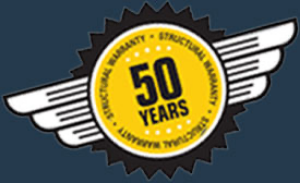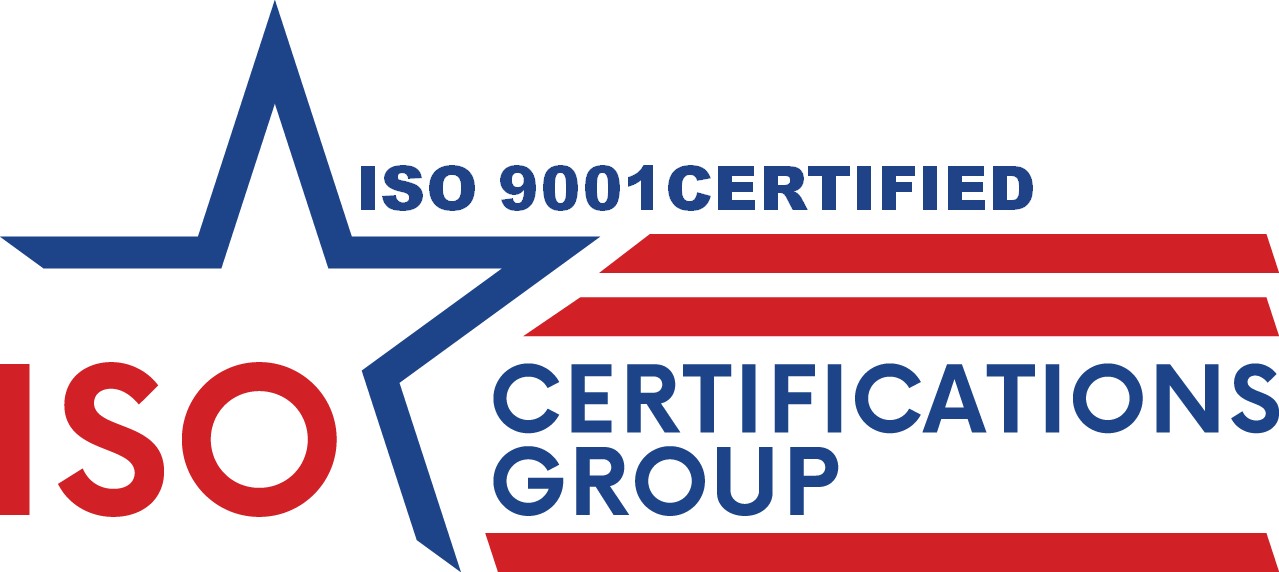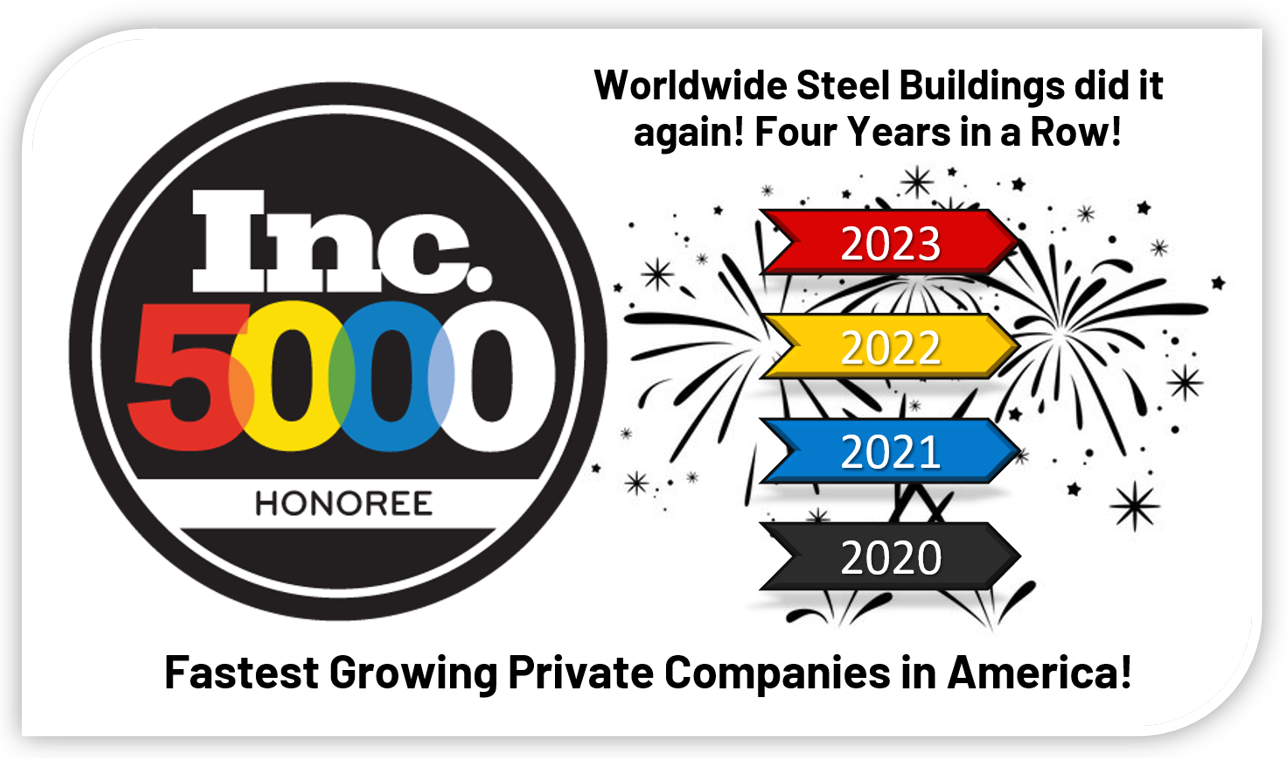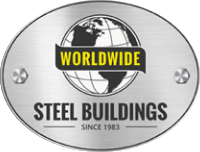« Blog Home
Is Metal Building Insurance Cheaper?
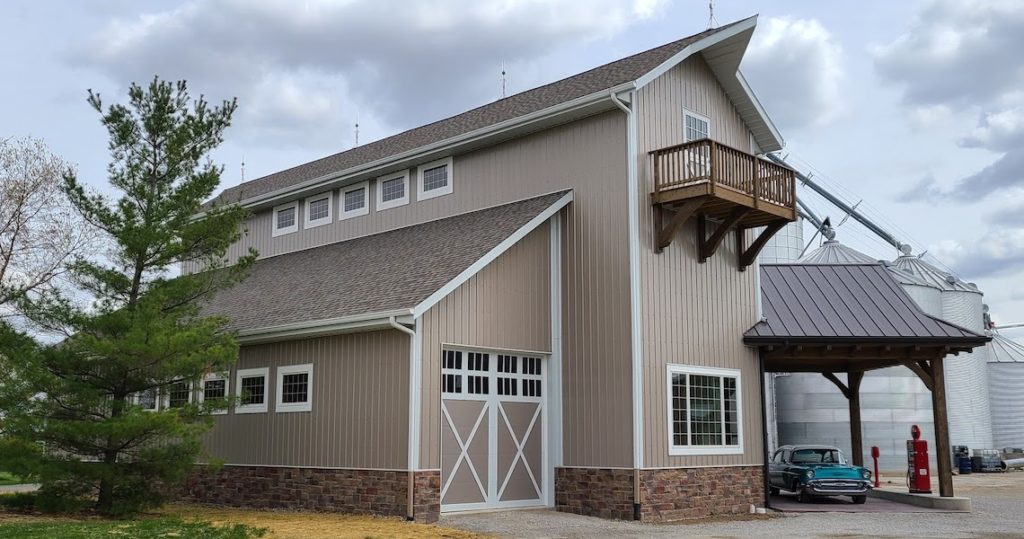
When you’re about to invest in a new building, it’s important to look beyond the build itself. For example, when you’re considering prefab steel building kits, you have to look past the price of the kit itself (which are very cost-effective at Worldwide Steel) to the costs of construction, maintenance, and importantly, the insurance policy. This insurance policy aspect is vital, as it factors into the overall affordability of steel structures.
One area where these benefits combine to be most obvious is in insurance costs. Metal building insurance is an important consideration whether you’re going to use your building for commercial or personal purposes, and insurance prices should be lower than insuring traditional wood-framed construction. This is because the cost of insurance is typically lower for steel structures due to their durability and fire resistance.
There’s a lot that goes into determining insurance rates for different buildings, which are based primarily on the projected replacement cost of the structure. The cost of insurance is influenced by factors such as the building elements (the building materials used in the frame, interior, and exterior walls – both load-bearing and not –, support beams and joists, and roof construction) and fire resistance (the amount of time a passive fire protection system can withstand fire).
Insurance Services Office (ISO), part of Verisk Analytics, has been a leading source of information for property and casualty insurance risk for commercial and personal assets for fifty years. Many US insurance providers use ISO Construction Classifications – which rank buildings by fire resistance – to help determine how much to charge you for insurance coverage on a building. Getting an insurance quote for a steel structure usually falls into a favorable category in this classification.
There are six classifications of fire resistance, from least to most fire resistant:
- Construction class 1: Frame. “Buildings with exterior walls of noncombustible or slow-burning construction with combustible floors and roof or walls and roofs with composite assemblies that include both combustible and noncombustible materials.”
- Construction class 2: Joined Masonry. “Exterior walls are constructed of fire-resistive materials rated at not less than one hour or masonry with combustible floors and roof.”
- Construction class 3: Noncombustible. “Exterior walls, floors, and roof are constructed of noncombustible or slow-burning materials or are supported by noncombustible or slow-burning supports.”
- Construction Class 4: Masonry Noncombustible. “Exterior walls of fire resistive construction rated at not less than one hour or masonry not less than four inches thick, with noncombustible or slow-burning floors and roof.”
- Construction Class 5: Modified Fire Resistive. “Exterior walls, floors, and roof constructed of materials described in Construction Class 6 Fire Resistive but there are deficiencies in thickness and a fire resistance rating of less than two hours but not less than one hour.”
- Construction Class 6: Fire-Resistive. “Solid masonry walls not less than four inches thick or hollow masonry walls not less than eight inches thick or assemblies with fire resistance rating of not less than two hours. The floor and roof assemblies have a fire resistance rating of not less than two hours. Horizontal and vertical load bearing, protected metal supports with a fire resistance rating of not less than two hours. Includes pre-stressed or post-tensioned concrete units.”
According to the ISO, almost all prefab steel buildings fall into Class 3 based on their slow-burning nature. This classification not only affects the property insurance aspects but also often leads to more favorable insurance quotes for steel structures compared to traditional constructions.
While it’s possible to build more fire-resistant buildings, it’s also cost-prohibitive and impractical for most people considering a metal building kit in the first place. Not many people in the market for a metal home, barndominium, or steel building for a small business are interested in constructing a building with a four-inch-thick masonry floor or eight-inch hollow masonry walls.
Moreover, the difference between insurance rates for Class 3 buildings and Class 4-6 buildings usually isn’t large enough to justify the added cost of materials, construction, maintenance, and so on. Thus, the overall cost of insurance remains a strong advantage for metal buildings.
If your metal building is less than 15 thousand square feet, the rate you’re charged to insure it will be based on these classifications. In some circumstances, you may be able to further lower your insurance costs by adding active fire-resistance elements (like a sprinkler system) to your building. This can influence your insurance quote positively. If you’re constructing a building larger than 15 thousand square feet, most insurance companies will take additional factors under consideration as well, like losses aggregated by your state, region, and building type, and the actual value of your building.
For example, if you’re building a metal airplane hangar in a part of the country that regularly sees earthquakes, tornados, or hurricanes, insurance companies will take the possibility of natural disaster into account. But even in these cases, steel buildings are cheaper to insure than traditional construction. After all, wood-frame buildings in the same area would get hit by the same hypothetical natural disaster … and would be much more likely to incur damage. The fact that steel buildings are resistant not only to fire but to earthquakes, water damage, and high wind make them very attractive to insurance providers (not to mention homeowners).
Because Worldwide Steel metal building kits go up much more quickly than any traditional construction project, they’re appealing from the get-go. Add in the lower building costs, customization options, and the lower costs over the life of the building – including insurance premiums – metal buildings keep looking better and better.
Ready to start talking about a metal building of your own? Give our team a call at 1-800-825-0316.
